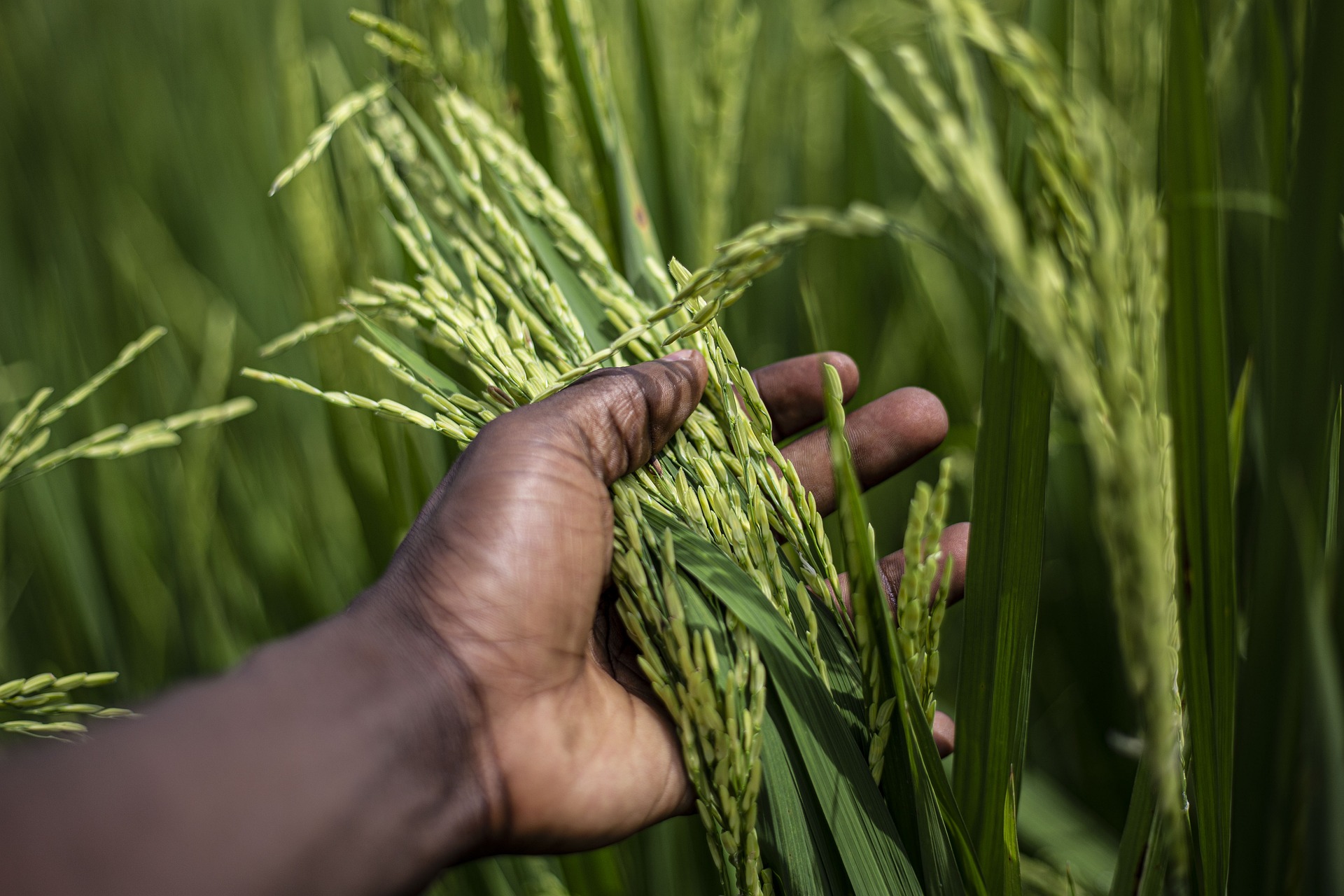Fitch Solutions: a global rice shortage is possible
Rice shortage could reach a 20-year high in 2022-2023 season
Fitch Solutions has released an agricultural market forecast for the 2022-2023 season. It predicts a rice shortage in the global market. This deficit will be the largest in the last 20 years. The shortfall will be around 8.7 million tonnes. This figure was only higher in the 2003-2004 MY. It was 18.6 million tonnes.
Experts believe that weather conditions are the main reason for the decline in rice production. They will primarily affect the yields of major producers, including Pakistan and China. This situation will lead to a reduction in production supply on the world market. The outlook is exacerbated by the fact that the demand for rice as a cheaper alternative to other cereals has increased significantly in recent years.
Following the geopolitical conflict in Europe, the prices of wheat, corn and other grains rose sharply, forcing importers to turn to rice. As a result, the value of rice also increased. Given the projected deficit, this trend is likely to continue. The price of rice has already reached its highest level in the last 10 years. In addition, many producers restricted the supply of broken rice in the autumn, leading to an increase in the price.
Nearly 4 billion people consume the crop. 90% of them live in the Asia-Pacific region.
Experts’ prediction
Experts predict that rice prices will remain at their highest levels until 2024. At the beginning of 2023, the cost of 100 pounds (45.4 kg) of grain was US$17.3. Rice is a staple food in most Asian countries. And rising rice prices have a direct impact on food inflation. And this in turn affects the food supply.
Rice production has fallen in the US and the EU, exacerbating global grain shortages. Due to the drought, US farmers are expected to harvest 31% less than last season. In the European Union, production is forecast to fall by 25%. Most rice production is in Spain and Italy, where high temperatures and lack of moisture for crop irrigation have been problematic. India is the leading grain exporter to the world market, and so far, forecasts remain favourable.
Many countries will have to reduce their grain stocks to cope with the shortage. The current situation puts the most pressure on countries where food prices have only recently reached high levels. Such as Pakistan, Syria and Turkey.
Despite the severe problems, analysts expect the situation to stabilise as early as the next MY. In the new season, rice production will increase by 2.5%. This leading to a 10% drop in grain prices.
